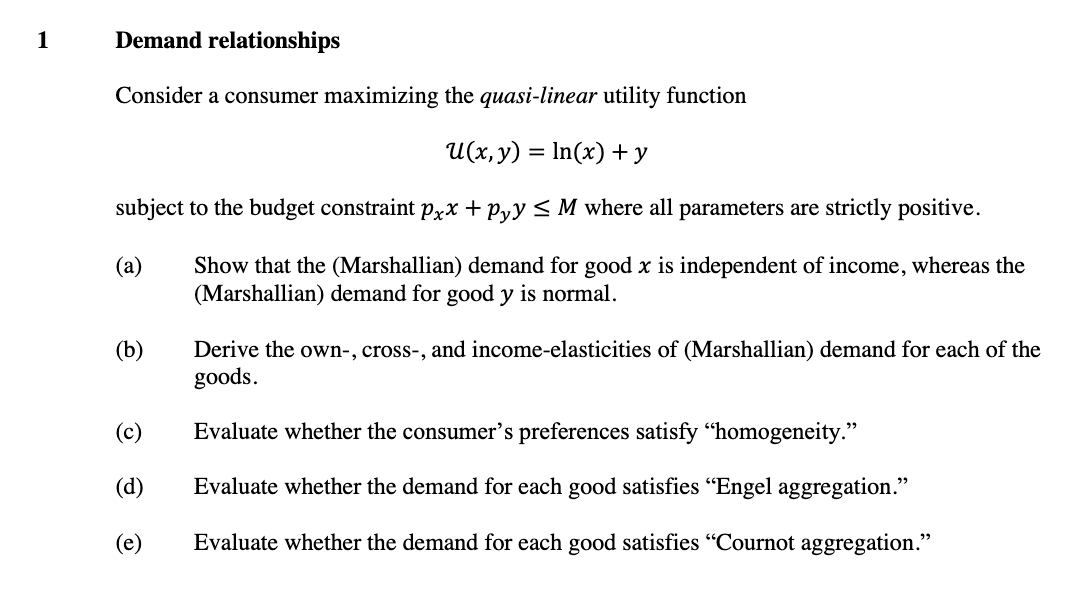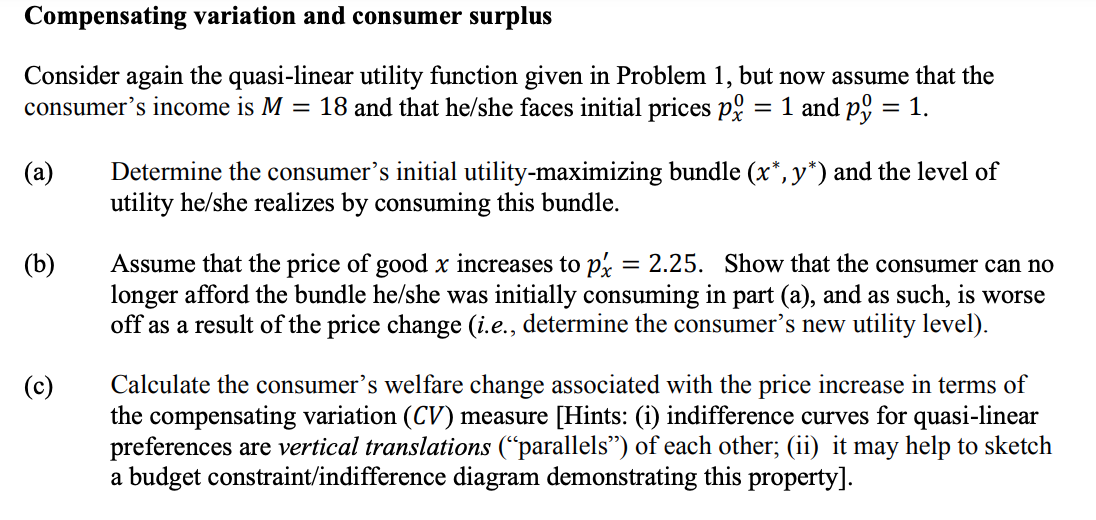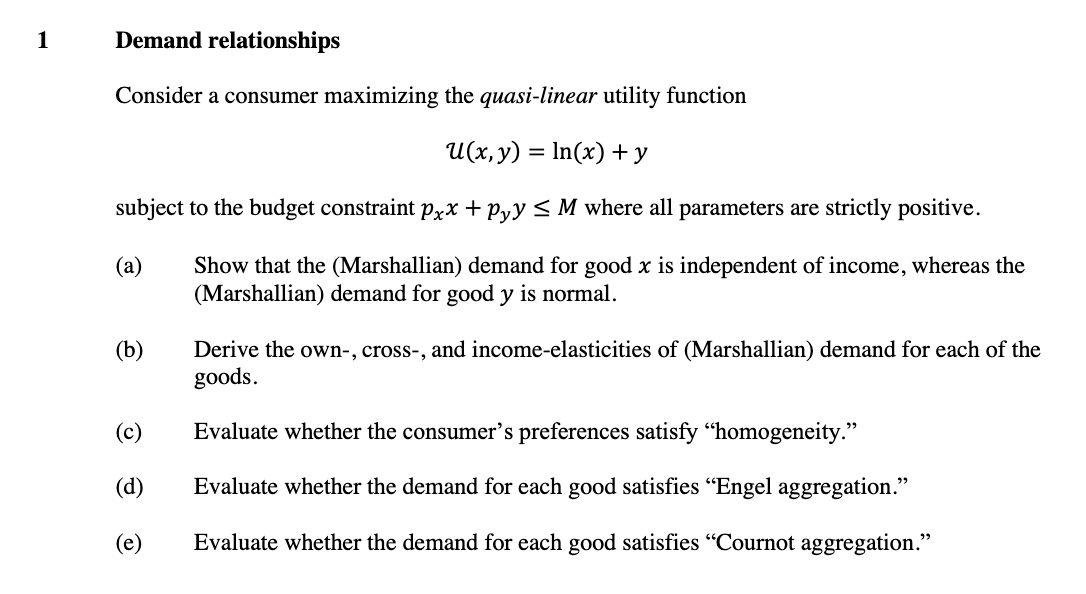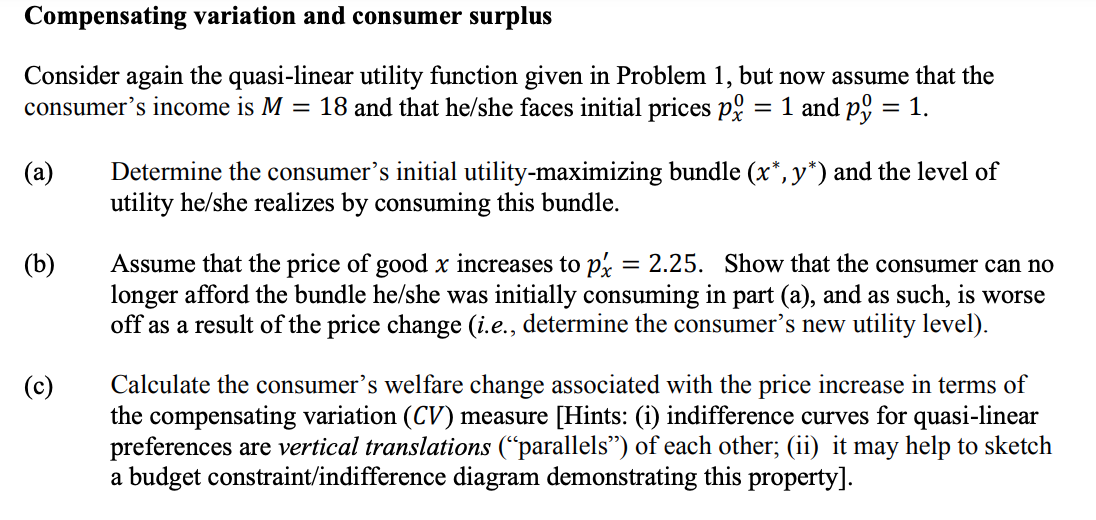Answered step by step
Verified Expert Solution
Question
1 Approved Answer
I really need help solving a -e for question 2 which references the equation in question 1. So I included both problems. Thanks! Demand relationships



I really need help solving a -e for question 2 which references the equation in question 1. So I included both problems. Thanks!



Step by Step Solution
There are 3 Steps involved in it
Step: 1

Get Instant Access to Expert-Tailored Solutions
See step-by-step solutions with expert insights and AI powered tools for academic success
Step: 2

Step: 3

Ace Your Homework with AI
Get the answers you need in no time with our AI-driven, step-by-step assistance
Get Started


